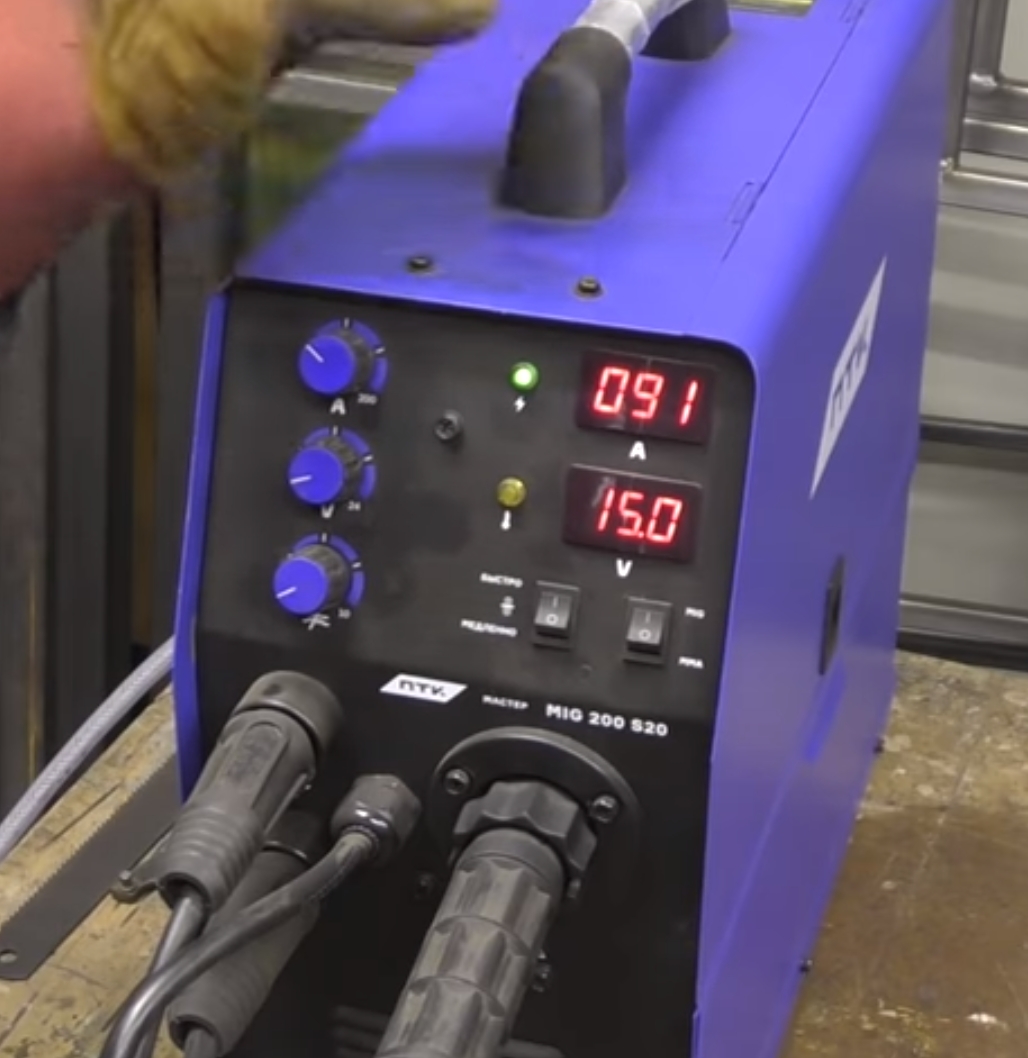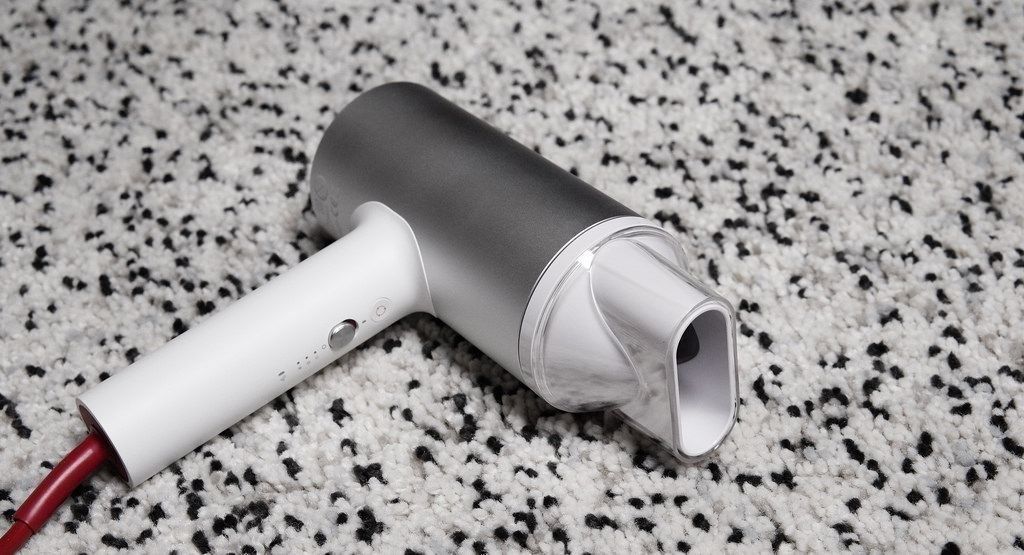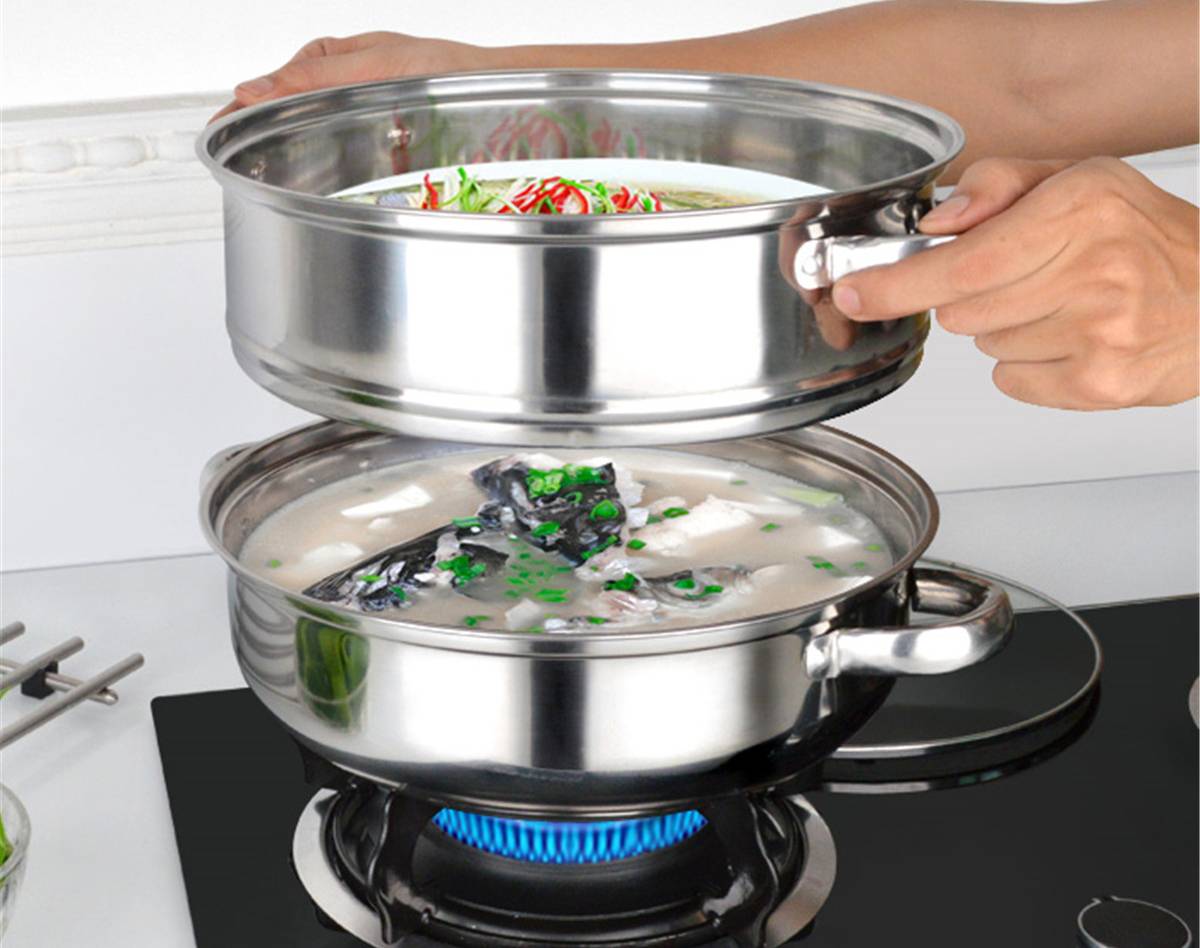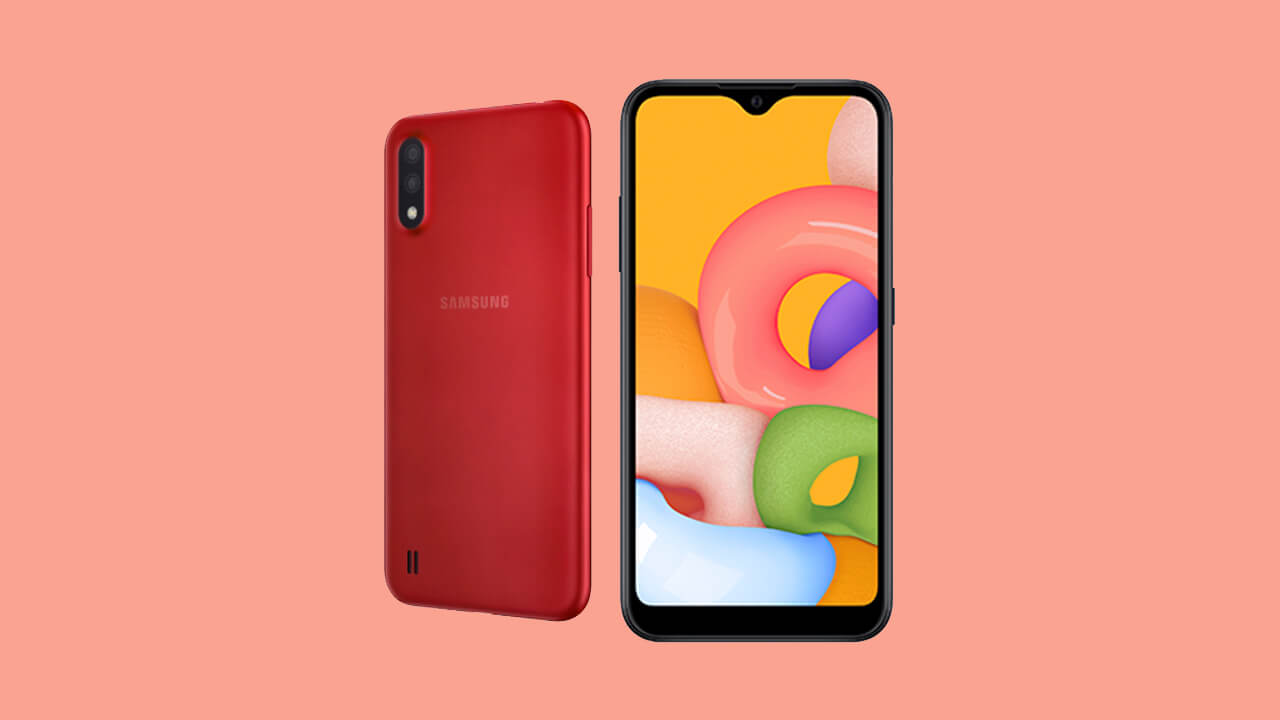Rating of the best acoustic microphone shields for 2025
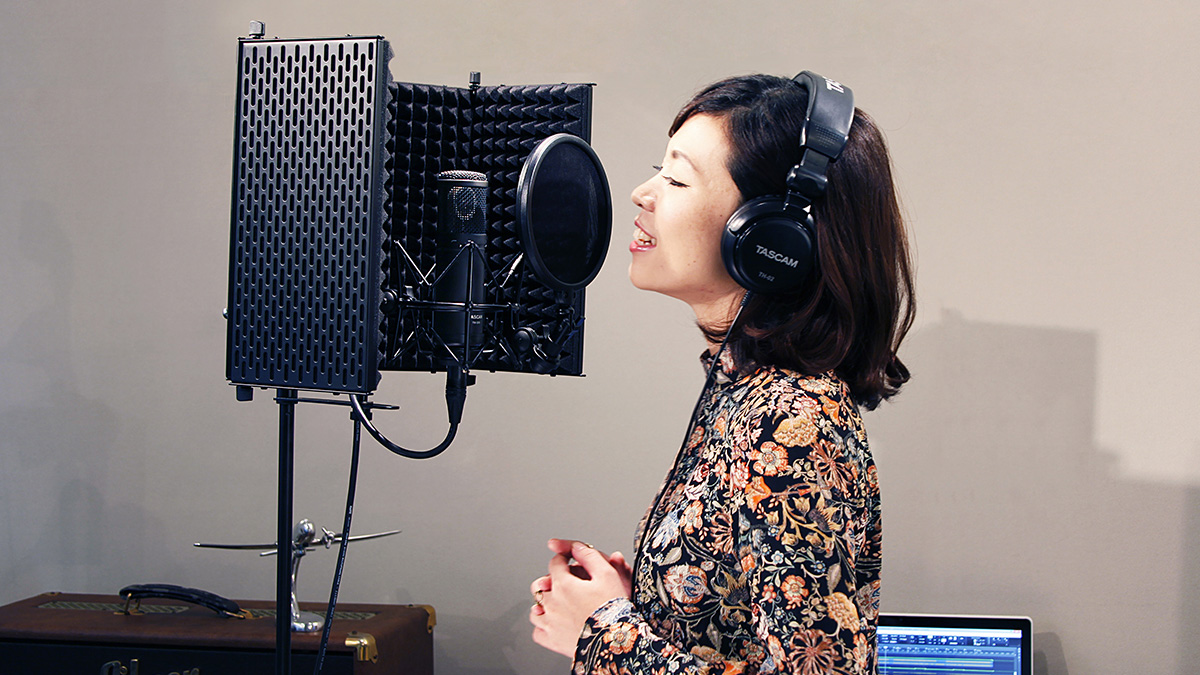
The main means of protection against the spread of extraneous noise on the path of sound from the source to the protected object (microphone) are acoustic protective screens. When calculating the level of efficiency of such a screen, the optical-diffractive acoustic doctrine is used using the Fresnel number (taking into account the change in the difference in the movement of acoustic rays in the absence or presence of noise screens). The screens themselves (for example, for studio microphones) are necessary when working in rooms that are not directly intended for sound recording. The complete absence of furniture, empty cabinets and bare walls - all this will negatively affect the quality of the recorded sound. But with the use of a sound microphone screen, this problem can be completely solved.Among other things, such a screen isolates the room from unnecessary noise coming from the stage or auditorium.
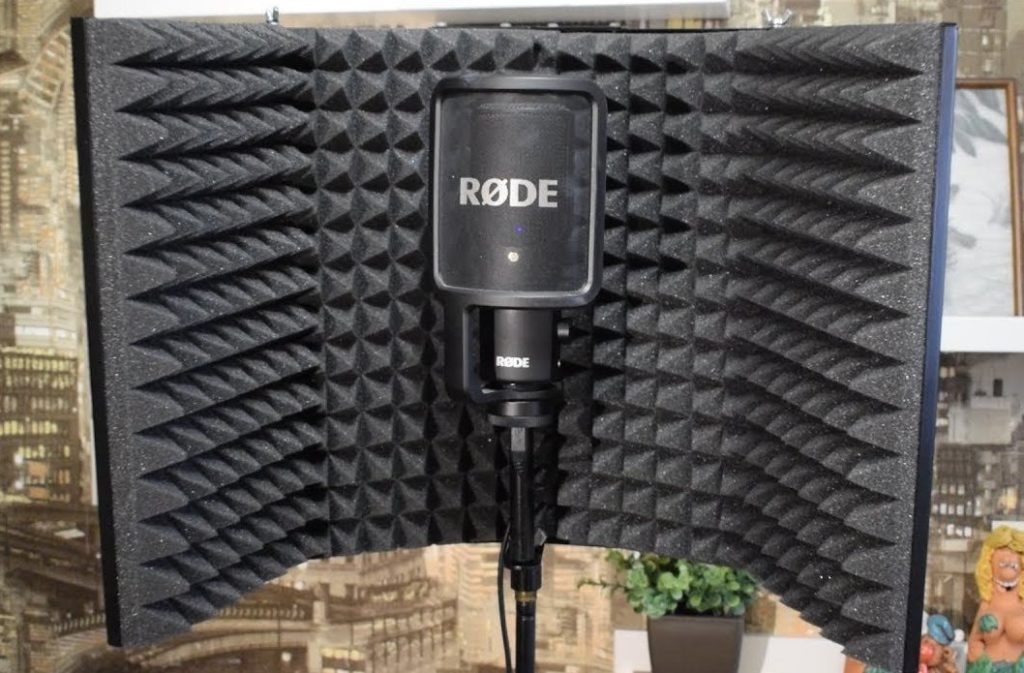
Content [Hide]
- 1 Types and classification of acoustic screens
- 2 The principle of operation of acoustic screens
- 3 Mobile acoustic screens
- 4 Target microphone acoustic shields
- 5 Selection of the optimal variant of the acoustic microphone screen
- 6 Rating of the best acoustic microphone shields for 2025
- 7 Instead of an epilogue
Types and classification of acoustic screens
Conventionally, they can be classified according to the place of use. They can be:
- Technological;
- transport;
- Office and production.
The very same structure, which is mounted in order to dampen and capture sounds, is called a noise screen. This device is designed to reliably isolate the source of the resulting noise. Such screens can be found not only in recording studios, but also in everyday life. A striking example is the sound barriers that are installed near construction sites, railways and highways. Thus, the main purpose of the sound barrier-screen is to reduce the noise level.
In turn, noise-protective acoustic screens are divided into:
- Noise-absorbing;
- Noise-reflecting;
- Combined.
Noise-absorbing screens
Their main distinguishing feature is that their design uses special noise-absorbing perforated sound panels. These panels take on the acoustic wave and pass it inside through the holes located on their facade, where the energy of the kinetics of the sound wave is absorbed by a special acoustic material. Such screens are mainly used where there is a need for noise protection without compromising the opposite side of the screening. As an example, you can bring a microphone booth to a recording studio or a high-traffic road - the reflected wave will thus not return to the source (microphone or traffic). Similarly, it is possible to use noise-absorbing panels for noise protection of large objects - industrial premises (for example, workshops where noisy production machines operate), stadiums, large-scale construction projects. As a standard, a noise-absorbing screen must be structurally at least 3 meters, because at a lower height, part of the passing acoustic waves may not be delayed by it.
Noise-reflecting screens
Unlike the previous device, the noise-reflecting screen does not absorb the acoustic wave, but reflects, i.e. returns most of the wave to the sound source. From this it is clear that both the noise source itself and its opposite side will undergo an increased sound load. However, for the protected object, the sound insulation coefficient will not be significantly different.
Such screens can be opaque and can be made from solid sound-reflecting panels made of metal. There are also transparent samples, which are made on the basis of monolithic glass from polymethyl methacrylate or polycarbonate. There are also translucent models - they are made from polycarbonate with a honeycomb structure. Cellular polycarbonate is the cheapest option of all light penetrating soundproofing screens, but it is the least effective. By itself, cellular polycarbonate is a very light material, so it is preferable to use it as protective enclosing panels on existing soundproof fences.
Screens with a reflection function, made on the basis of solid panels, are often used to protect large areas where the source of sound transmitted to the microphone is very strong - we are talking about the use of industrial megaphones, concert microphones, industrial sound detectors. The cost of noise-reflecting metal fences is much lower than the price of their perforated noise-attenuating counterparts, but if we are talking only about the work of an ordinary studio microphone, then it is quite possible to use them.
Translucent noise-reflecting screens made on the basis of transparent panels can be used as a visual divider in a recording booth in a studio, so that the performer can have visual contact with the sound engineer, while the noise load will be reduced significantly.
Combined screens
Their distinguishing feature from the two previous options is that in their design there are two or more types of panels.The most common combination is a perforated noise-reducing panel paired with a transparent polycarbonate-based noise-reflecting panel (ideal combination for recording on a studio microphone).
When installing noise barriers using noise-absorbing panels for recording studios, it is recommended to integrate transparent panels into the screen design. They will create sufficient visibility and audibility for the performer himself.
The principle of operation of acoustic screens
These screens are designed to ensure the purity of the recorded sound, by cleaning it from third-party noise, preventing them from spreading. The materials from which acoustic screens are made can be:
- Acrylic;
- Foam rubber;
- Various types of composite materials;
- Monolithic polycarbonate.
The acoustic shield is designed to create an acoustic shadow that resists the penetration of extraneous waves to the microphone, thereby making the sound more clear and audible. Thus, if you draw an imaginary line from the top of the screen to the sound source, then the protected object should not reach it.
The barriers themselves can be thick or thin. Flat barriers are referred to as thin screens. For the manufacture of this type of obstacles, acrylic is considered the most successful material. Thick screens can be made from foam rubber and can be used to provide protection for quite large areas.
To calculate the protection of the effectiveness of an acoustic screen, one should proceed from the difference in sound pressure determined at different points in decibels. Points are selected immediately before and after the fixture. This indicator will depend on the technical parameters of the material from which the noise barrier is made.It may also be affected by environmental conditions if sound is recorded in an uninsulated room. When studying a sound source, one should take into account the direction of the sound (above, below, straight), as well as the length of the acoustic wave. Moreover, this group of parameters of environmental conditions may include the strength and direction of movement of an extraneous air flow, possible temperature differences, and possible reflections of sound waves from nearby objects.
Creating an acoustic microphone screen is akin to architecture - it is the job of sound engineers and acoustic designers. All such specialists are called upon to join forces in order to achieve the desired quality and level of sound while maintaining its purity and volume.
Mobile acoustic screens
In principle, any microphone model can be called a mobile device due to its small size and maximum ease of use. It cannot take up too much space and is easily transported when needed. Most of all, it is suitable for office decoration, for example, for a radio room in a radio station, when it is required to reliably protect each sound source from another, in cases where sound is played from several sources. A striking example would be the conduct of radio broadcasting by several presenters at the same time. It is possible to install such a barrier around each point and it will absorb the sound of the neighbor's keystrokes and not give it out on the air when another radio host is active. At the same time, mobile screens can be used as a source of protection against unauthorized listening, for example, when conducting business negotiations. The sound will be reliably absorbed and will only be available for the fenced area with the negotiators.In this case, even ultra-sensitive laser interceptors of sound waves (directional microphones), the principle of which is based on the removal of vibrations from the surfaces that the sound wave hits, and its further transformation into sound speech, will not be able to do anything. Mobile acoustic screens, depending on the protected area, are quite inexpensive for their price.
Target microphone acoustic shields
Such screens for working with a microphone should have greater sensitivity and more detailed functionality. No recording studio can do without such an acoustic device. With it, it is possible to make high-quality recording of music and vocals, but it can also be very difficult to get sound of proper quality with it.
Not everyone can afford to have a full-fledged studio with an acoustic cabin. If one is available, then the issue of a small shielding of the microphone itself can be practically removed from the agenda. But if the room has insufficient control in the field of acoustics, then the microphone screen will reliably get rid of scattered sounds and external sound influence. It is a small screen that can absorb all acoustic imperfections and achieve high-quality sound even in frankly unsuitable conditions for these purposes, for example, in a garage. However, such microphone screens, due to their narrow specialization, can be quite expensive. Nevertheless, their cost will seem rather small, if we compare it not only with the need to constantly rent a studio space, but also with the real arrangement of the room with large screens.
Selection of the optimal variant of the acoustic microphone screen
In order for the microphone screen to become as convenient as possible in work, you should consider some points in the process of purchasing it:
- Product parameters - it is important to know the approximate distance from the source (person, musical instrument) to the protected object (microphone). Most models are miniature in size, so their installation is possible both on the floor and on the table, and with the help of special adjustable taps;
- Quality and reliability of manufacturing materials - the more often the screen and its components need to be transported, the more durable the entire structure should be;
- The quality of the foam rubber for the damper - it is advisable to choose a device in such a way that its coefficient of absorption and reflection of sound waves coincide;
- Effect type - depending on the pattern of the foam rubber (or the level of perforation of the mesh), the frequencies will be adjusted, which will clearly affect the final sound.
With proper selection of this product, it is possible to completely eliminate all extraneous noise during sound recording. The sound of a voice or song will become flawless, even if the ambient conditions in the room are associated with uncontrolled acoustics. A high-quality microphone screen will allow you to avoid unnecessary expenses for renting a professional acoustic booth and is quite capable of turning any room in your apartment into an ideal place for sound recording.
Rating of the best acoustic microphone shields for 2025
Budget segment
3rd place: "Force PF-08 Microphone Recording Ball Screen"
votes 0
One of the simple but effective microphone shields, made in the form of a monolithic ball, is designed to improve the quality of recording in a home studio using simple equipment. Very easy to install on microphone equipment and fits many microphone diameters.Allows you to achieve unique sound-absorbing properties for more than 20 models of microphone equipment from different manufacturers, and also successfully dampens sound waves reflected from unprepared or bare walls. The diameter of the inlet is four centimeters. The recommended retail price is 1990 rubles.
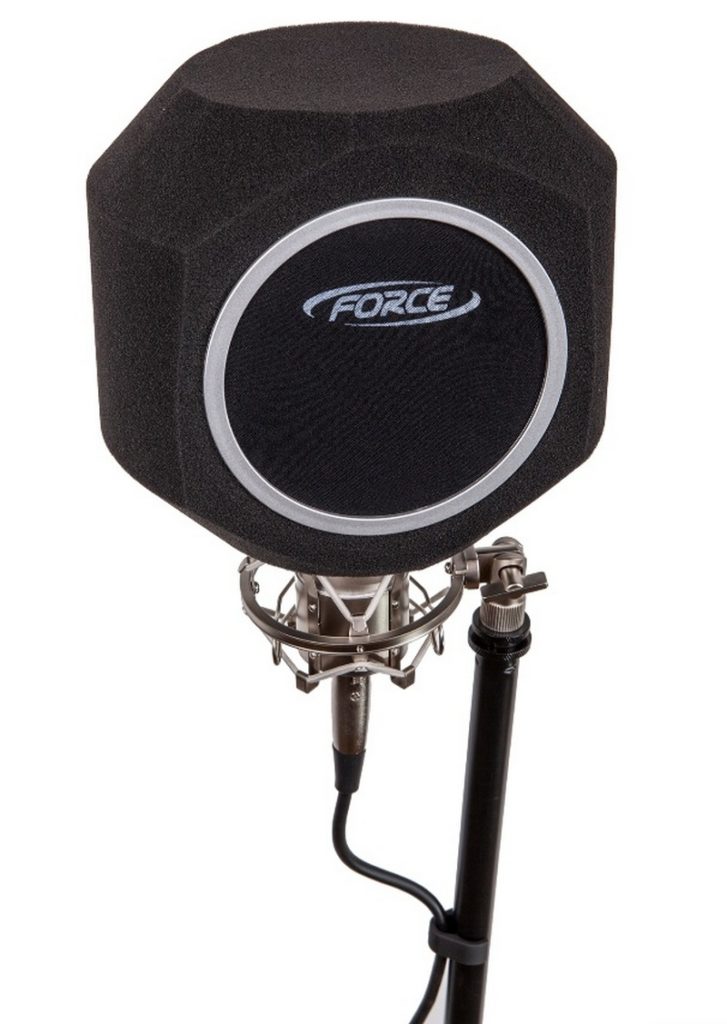
Video review:
- Reliable protection;
- Compatible with most microphone models;
- Decent value.
- It is not a universal screening tool.
2nd place: "ATEX AP27"
votes 0
This shielding tool can be called a constructor element rather than a full-fledged device. However, it is made from high-quality acoustic foam rubber, and, so to speak, its original form of execution allows you to adapt it to any of your own needs. It is worth noting that even without additional holders and tripods, using this sample, it is quite possible to secure the microphone by simply placing the foam panels on the stand around it. The recommended cost for store chains is 2,890 rubles.

- The ability to independently adapt the sample to your needs;
- High quality acoustic foam;
- Affordable cost.
- It is more of an element of the designer than a full-fledged fixture.
1st place: "Force PF-66"
votes 0
This option fully complies with the requirements for studio equipment and can be used to record vocals at home, i.e. in rooms without proper acoustic preparation. Shows excellent results when recording in the control room.Able to effectively isolate the sound source, perfectly counteracts the reflected sound waves in the room. Attaches to a microphone stand. The design used high-quality foam rubber with a longitudinal and wide pattern. The established cost for retail chains is 4650 rubles.

- Universality regarding places of use;
- Adequate price;
- High-quality foam rubber with a longitudinal pattern.
- Not detected.
Middle price segment
3rd place: "Invotone PMS200"
votes 0
This shielding device is designed to be used with a stand microphone. The outer side is made of durable plastic, equipped with perforations, which is responsible for the selective passage of sounds. The inner part is made of high quality foam rubber, which perfectly stops most extraneous sounds. Relatively inexpensive price and high reliability brought this model to the top of sales. The established store price is 6490 rubles.

- Combined execution - foam rubber plus plastic;
- Reliable way of fastening on a rack;
- Sales leader.
- Not detected.
2nd place: "SE ELECTRONICS RF-X WB"
votes 0
This model belongs to portable samples and can be used not only for recording vocals, but also for protection against unwanted sound information pickup. It is a lightweight and affordable version of the device. When creating, innovative production technologies were used, which are typical for older models, while the front part is made of plastic, which significantly reduces the entire mass of the structure and reduces its cost.The protection itself consists of several words: foam rubber, a fabric layer of wool, air gaps between them, as well as plastic inserts. This complexity provides a strong level of protection. This model is assembled exclusively by hand. The new pole clamp technology will fit any fixture without the risk of dropping or unbalancing the weight. The recommended cost for shops is 6900 rubles.

- Design versatility;
- Multi-vector fastening in the absence of imbalance;
- Innovative production technology.
- Not detected.
1st place: "SE ELECTRONICS RF-X RB"
votes 0
This version is an improved copy of the previous one and is produced in a limited edition. Improvements have been made to the foam inserts and the graininess of the outer facade, which increased the efficiency of working with this device by about 25%. Otherwise, all technical characteristics remained the same. The recommended cost for retail chains is set at 7,200 rubles.

- Specifications increased by 25% with a slight increase in price;
- Extended warranty up to one and a half years;
- Manufactured in a limited edition.
- Not detected.
Premium class
3rd place: "SE ELECTRONICS GUITARF"
votes 0
This device is specially oriented for working in guitar cabinets and for recording sound instruments in general. With it, it is possible to use two microphones at once - condenser and dynamic. There is a special hole in the case where a special filter is installed, which is responsible for increasing the purity of the sound.The construction features a four-layer design consisting of a layer of acoustic grade wool, an air core (which will isolate low frequencies), an outer composite panel, and an inner layer of acoustic foam. It is possible to install any dynamic microphone in the filter hole, even with a very small capsule, if desired. On the rear panel there is a special clip that prevents the microphone cables from hanging out. The established cost for stores is 11,000 rubles.

Video about this screen:
- The presence of a clamp for fixing wires;
- Ability to work with two microphones;
- Four layer design.
- Not detected.
2nd place: "TASCAM TM-AR1"
votes 0
This model is designed to provide the ultimate recording quality in any room. It is able to absorb sound reflections in an unprepared room. It can qualitatively remove reflections and resonances that occur in a wide sound range, which makes the post-processing of sound almost unnecessary. Easy to assemble and fold for easy transport. It has its own microphone mount on a 5/8" thread (a 3/8" adapter is also included in the kit). The soundproofing layer is based on the TM-AP1 material, which will allow you to make the recording as clean and dry as possible even in not the best conditions. The recommended cost for retail chains is 13,000 rubles.

- Foldable design makes it easy to transport;
- It is based on innovative high-tech material;
- Perfectly dampens all resonances.
- Not detected.
1st place: "SE ELECTRONICS RF SPACE"
votes 0
This model filters sound at a professional level, which is facilitated by the use of a special soundproof foam in the design, which, coupled with multi-layer technology, perfectly absorbs high frequencies in a wide range. The thickness of the filter itself has been increased to 40 millimeters, and its area has increased by 20%. There is a built-in air chamber and its walls of increased thickness reliably dampen various resonant disturbances. The body of the product is designed in such a way as to protect the microphone from all sides, which is important for completely unprepared rooms. The filter uses innovative technology - it includes 7 new bass pillars, which have deeper gaps. This helps randomly disperse the absorbed sound. Also, the device has reinforced clamps for working microphone equipment, which makes it possible to tilt it at any angle. The established cost for store chains is 19,900 rubles.

Screen video review:
- Innovative technologies applied for the filter;
- Deep gaps in the material = high-quality dispersion of extraneous sound;
- Reliable fastening of peripheral equipment.
- High price.
Instead of an epilogue
The analysis of the market of the devices under consideration found that almost 90% of the models are products from foreign manufacturers. At the same time, most high-quality models are made exclusively in developed countries. The segments of the “budget” or “standard” category are represented by Asian brands, while the premium and professional class are exclusively European.Being a very sensitive device, the quality of the screen will depend primarily on the material used, which, of course, will greatly affect its cost.
new entries
Categories
Useful
Popular Articles
-

Top ranking of the best and cheapest scooters up to 50cc in 2025
Views: 131649 -

Rating of the best soundproofing materials for an apartment in 2025
Views: 127688 -

Rating of cheap analogues of expensive medicines for flu and colds for 2025
Views: 124517 -

The best men's sneakers in 2025
Views: 124031 -

The Best Complex Vitamins in 2025
Views: 121938 -

Top ranking of the best smartwatches 2025 - price-quality ratio
Views: 114978 -

The best paint for gray hair - top rating 2025
Views: 113393 -

Ranking of the best wood paints for interior work in 2025
Views: 110318 -

Rating of the best spinning reels in 2025
Views: 105327 -

Ranking of the best sex dolls for men for 2025
Views: 104363 -

Ranking of the best action cameras from China in 2025
Views: 102214 -

The most effective calcium preparations for adults and children in 2025
Views: 102010
